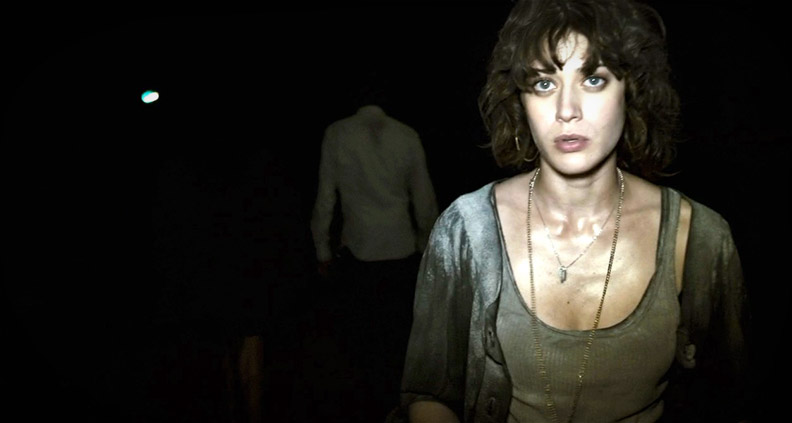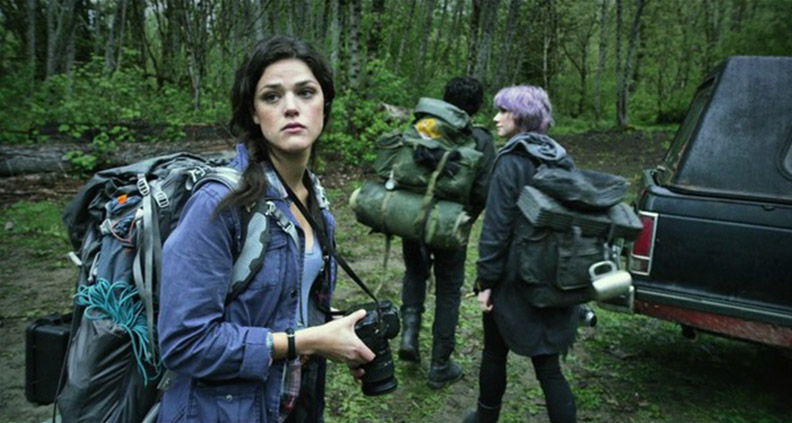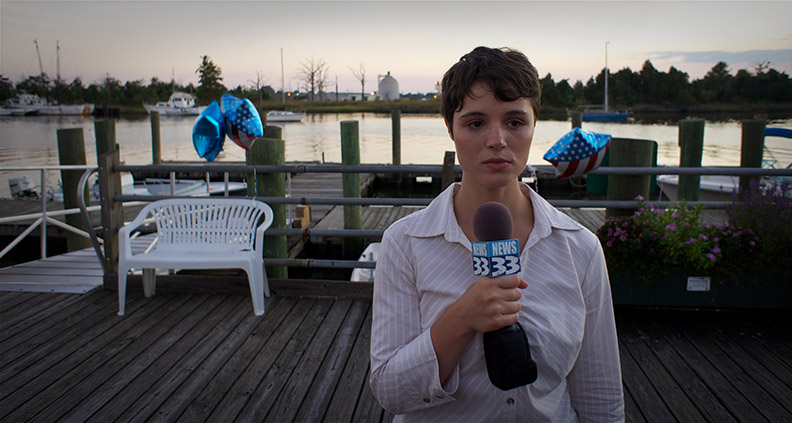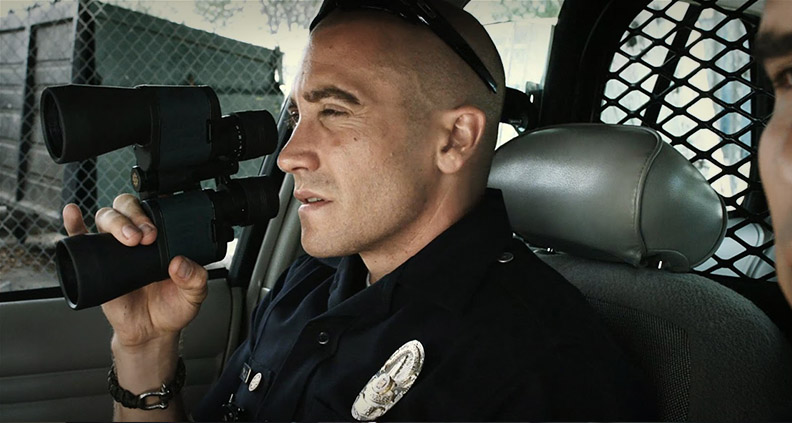How to Fix Found Footage in Three Easy Steps
Come in, sit down and take a sip of clear citrus cola. Gulp down that nausea medication and settle in, because today I want to talk to you about found footage.
Narrative films constructed from purported raw documentary or incidental footage have existed in some form or another since the beginning of cinema. But it wasn’t until 1999’s backwoods spookfest The Blair Witch Project became a surprise cultural phenomenon that the format was truly codified with its own recognizable set of film grammar and clichés. Since then, found footage has become as ubiquitous a presence in 21st-century movie theaters at glowing cell phone screens and Sour Patch Kids, inevitably earning its fair share of enmity and detractors.
First, let’s set one thing straight: found footage is a format or technique—not a genre. These days, the technique is most frequently deployed inside the realm of horror (though there are plenty of notable exceptions: Josh Trank’s 2012 teen superhero flick Chronicle or Sebastián Cordero’s sci-fi thriller Europa Report from 2013, for example). But really, 1999’s Blair Witch pretty much linked horror and found footage together in a permanent marriage of convenience, with modern horror’s emphasis on grit and visceral authenticity served well by FF’s close approximation of reality. (Found footage is also an ingenious way to excuse crap production values—the eternal bane of low-budget horror.)

But like I said, there are a lot of people out there who simply hate found footage on principal—like a health nut angrily waving off a Twinkie. Frequent complaints about the format are that it lacks artistry, seems cheap and that it can be incredibly corny. Many people also literally repelled by FF’s visual aesthetic, propelled into full-on sour-milk-and-sewer-gas nausea by the format’s deliberately amateurish, jerky camerawork. And it’s true a lot of found footage movies are bad, but they don’t need to be.
So here now is my three-point plan for any filmmaker out there getting ready to hike up their skirt and wade into the often-choppy FF waters. So get ready and hit “record” starting… now!
EMBRACE TECHNOLOGY

There’s really never been a better time to make a found footage movie. The modern world is awash in cameras—from CCTV, to surveillance footage, to GoPros, drones and almost certainly whatever device you’re currently reading this article on, making it incredibly easy to justify a multiplicity of camera angles within the ostensible bounds of your film’s reality. In older found footage movies, the inevitable point would always come when some character or another would ask, “why are you still filming this?” and the answer would always be unsatisfying. Not so anymore, when practically everyone is recording everything all the time. In fact, today’s oversaturated video-capturing environment opens up possibilities to get even more creative with your shot selection and camera angles. So go wild—but don’t cheat. If you want security camera footage, use an actual security camera, not a “security cam” After Effects plugin.
GOOD ACTING IS CRITICAL

Found footage movies have a much higher degree of difficulty when it comes to performance. In more traditionally presented films, much of the inherent artificiality of acting for the camera can be smoothed over or concealed by the veneer of cinema. Not so with FF, which purports to capture reality in as raw an unmediated a form as possible. Here, any wisp of “acting” can sink a viewer’s suspension of disbelief faster than a cannonball in a kayak. So the onus is on the filmmakers to cast well and to provoke as many authentic, unselfconscious reactions out as possible. Part of what made the original Blair Witch one of the most intense (as well as “in tents”) movies of all time is the fact that its cast literally had no idea what was happening, improvising around a series of prompts left in the woods to find by director-tormentors Eduardo Sánchez and Dan Myrick. Tightly scripted plots and clever dialogue rarely serve found footage well.
PLAY WITH SOUND

Despite the fact that sound if fully one-half of the film-going experience, too few directors of found footage movies take advantage of their ability to play with the aural experience of cinema. Sound and image are recorded along parallel tracks and can be manipulated independently of one another, creating opportunities to distort reality and parcel out narrative information in unexpected ways while still “playing fair” with the format’s technological conventions. So don’t be shy, give that EQ nob a workout!
Ready to make that found footage movie idea a really “real” reality? Hopefully. And for those who still dismiss the format, just remember: there are no good or bad cinematic techniques—just ones that are used well or not. Okay, you can stop recording now.
To learn more about Film Independent, subscribe to our YouTube channel. You can catch up with the rest of our blog here. And to learn how to become a Member of Film Independent just click here.
